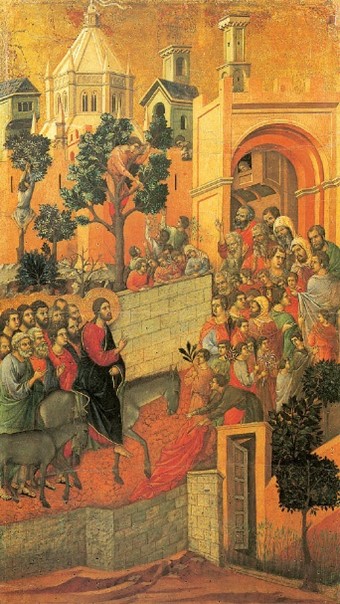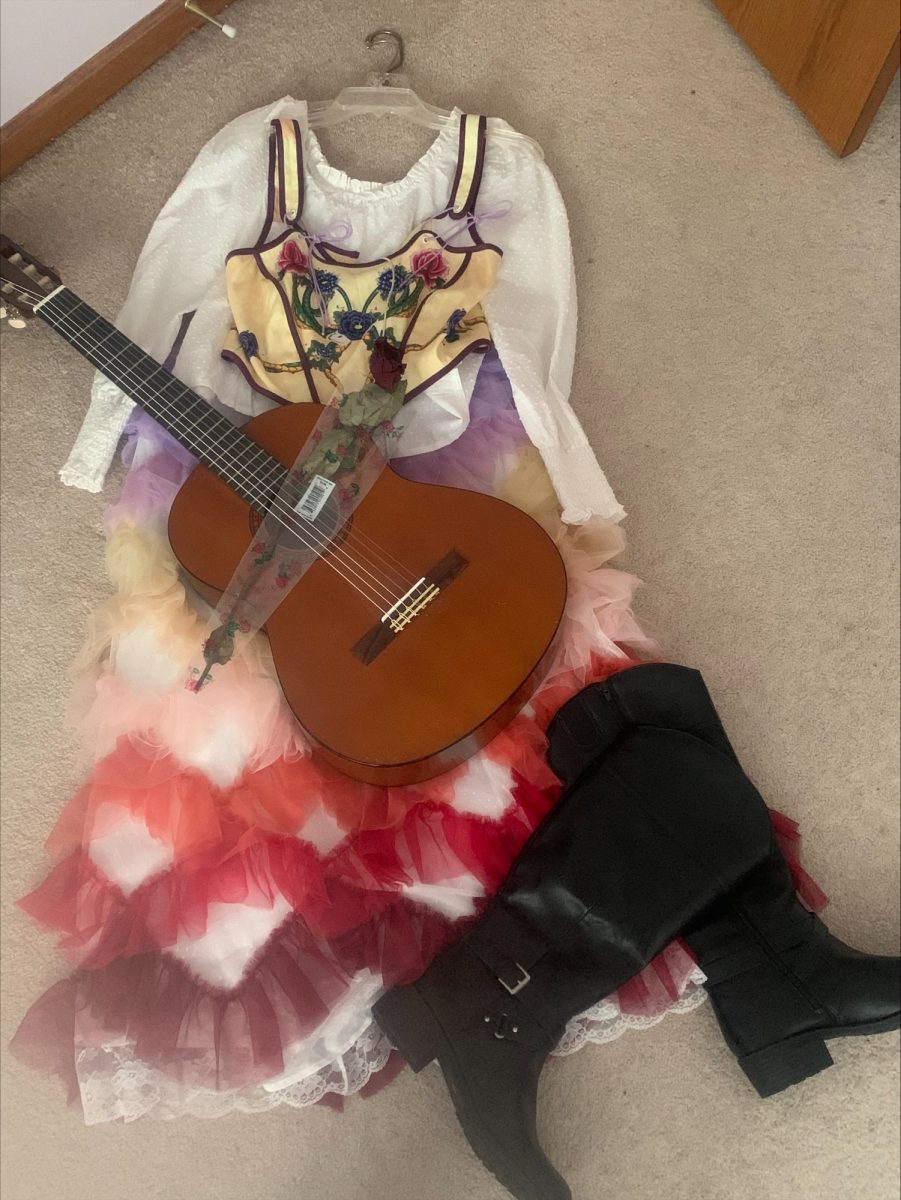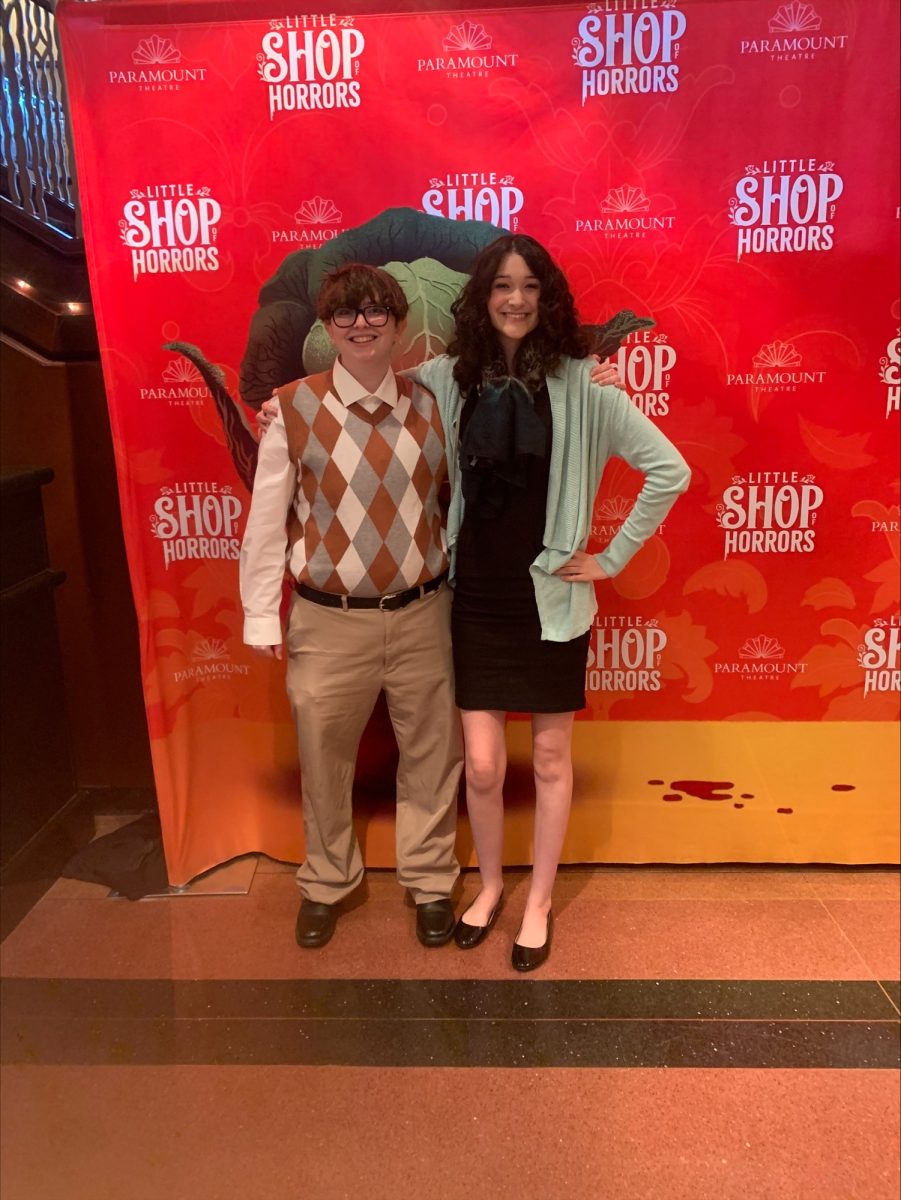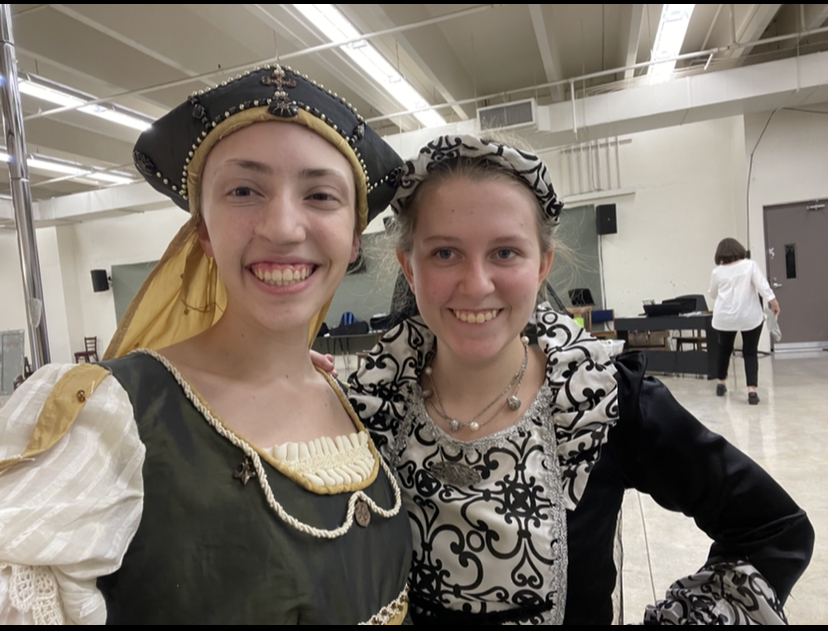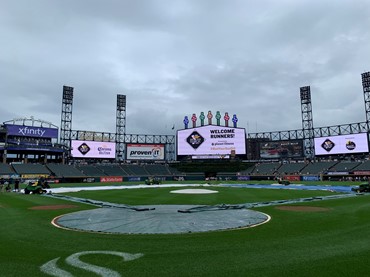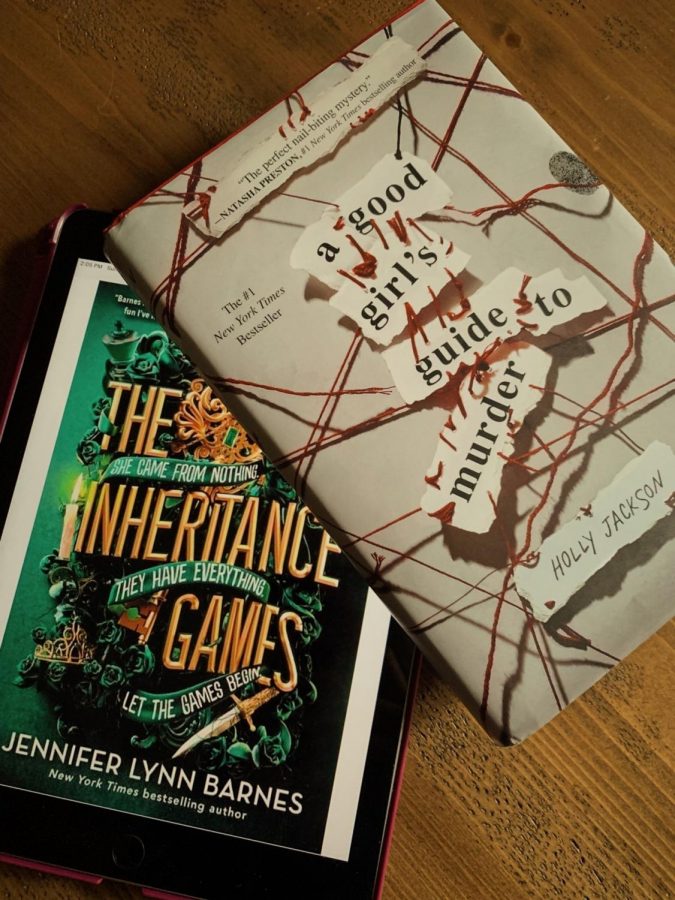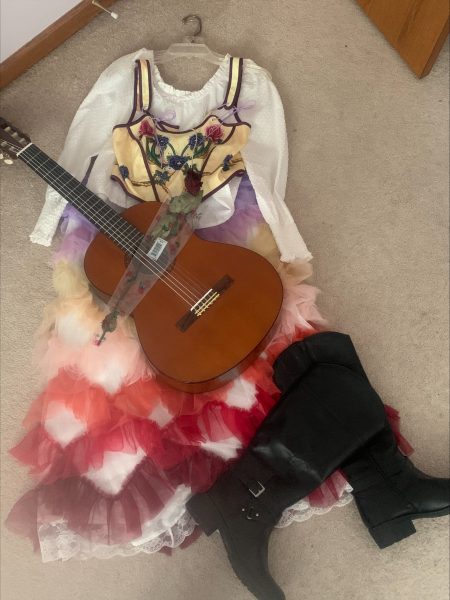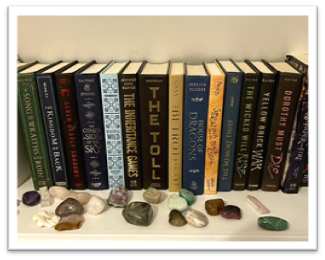The Development of Art Throughout the Ancient Mediterranean
November 2, 2022
Like many other early inventions and developments, the ancient Egyptians passed their artistic techniques to other cultures around the Mediterranean. The Minoans, an early civilization, occupied the island of Crete, while also being patrons of Greece from about 2999 B.C.E. to 1380 B.C.E. They created artworks that directly correlate with those of Egypt. Egyptian techniques, including the usage of brighter color tones and the ways in which people were depicted, were the most common influences from this part of the Mediterranean. The paintings derived from the Minoan civilization also utilize flat perspective and profile, which was another key aspect of Egyptian art. An early form of frescos was also utilized by the Minoans. While the plaster on the walls was still wet, paint was applied on top of it. When the two materials dried, they fused together as one work. Knossos, one of Europe’s first cities, has many works painted by the Minoans on numerous walls of architecture. Palaces were the most popular. As the civilization developed, less rigid figures and more movement became a common aspect of art, opposing the Egyptian style. Much of the work created was placed in palaces, intended to be seen by the people as opposed to the gods. The Romans contributed their personal aspects to older techniques. Realism played a major role in the art created, as they portrayed the process of aging and disease in works. Despite this, they still incorporated the unrealistic factors and perfection of Greek art into their own. The main reasons Romans made pieces were to celebrate important moments, honor their gods, and portray their power on the rest of the world. Frescos were especially popular. Romans would apply wax to their cover in hopes of preserving the work, while also giving it a shiny presentation. Many of these were preserved under ash when Mount Vesuvius erupted in 79 C.E., covering the neighboring cities of Pompeii and Herculaneum. Through these, the development of ancient art can be seen. A relatively large number of mosaics have been discovered, deriving from the Roman civilization. Few Greek paintings have survived throughout time due to the damp climate of Greece. Because of this, paintings done on wooden boards and other materials rotted. Many ancient buildings which held these paintings have broken down over time, therefore historians had to base their knowledge of Greek paintings on painted pottery works. Some artists from Greece were also employed by the Romans to produce beautiful pieces, providing an insight into the presentation of what Greek paintings may have looked like. Over time and through a large amount of artistic creation, techniques evolved, resulting in even more realism. Flaws were highlighted as opposed to societal perfections. Balanced proportions were also practiced.



